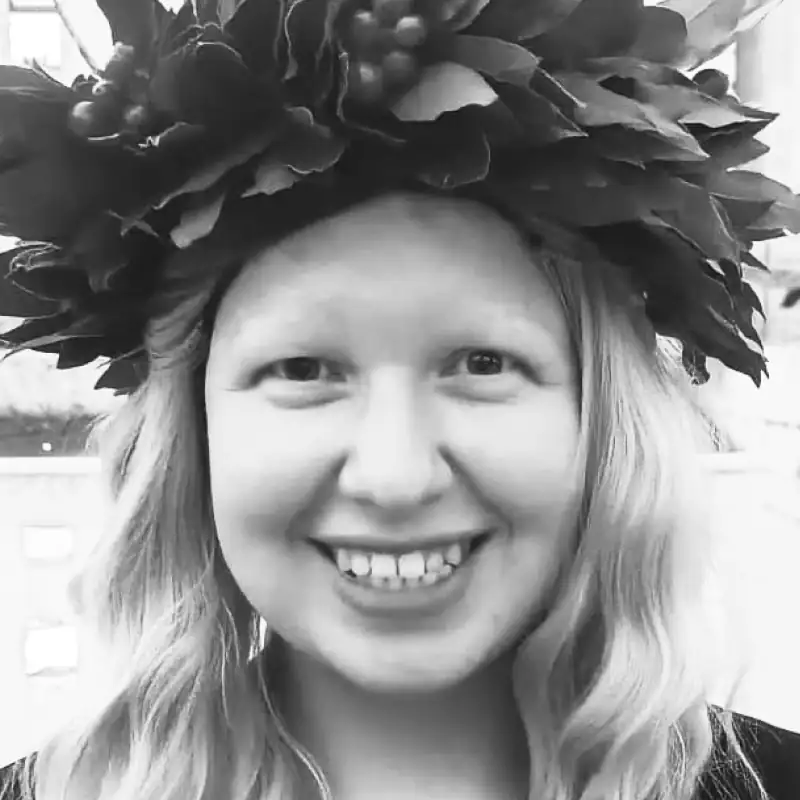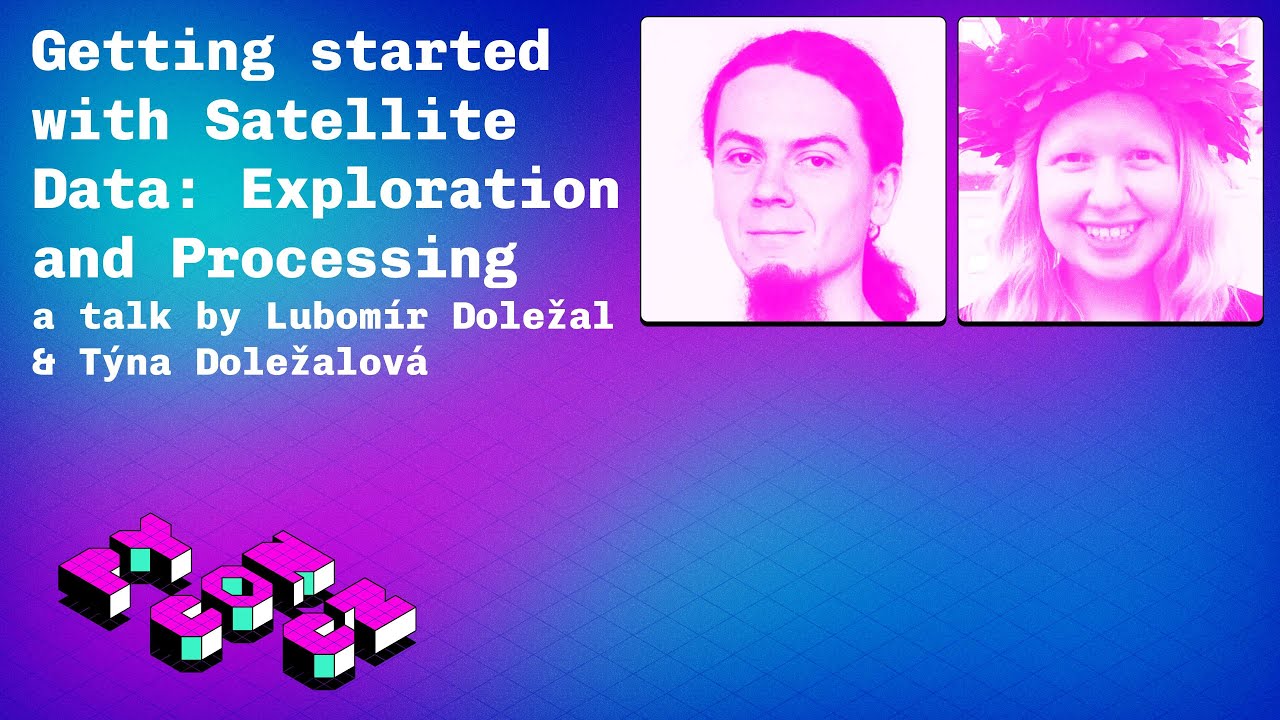Satellite data has become a valuable resource for addressing various contemporary challenges, ranging from environmental monitoring to urban planning and disaster management. But just looking at single satellite products as they are is not always enough to identify the patterns you search for. We need tools to effectively manipulate vast data to bring forward the details. Satellite data are not all the same – we have optical imagery, radar data, elevation models or satellite measurements of the characteristic of the atmosphere.
This talk should give you an introduction to GeoPython (Python geospatial libraries) and more specifically to using and manipulating satellite data with code. I will introduce you to common libraries and practices like GDAL, Rasterio or QGIS - very known, Open Source helpers.
This talk should also introduce where to search for such data and how to filter, view and download them as even obtaining only what you are interested in presents itself to be a challenge. We will also mention simple indexes which are usually computed from satellite images to highlight a certain phenomenon or help to identify certain patterns observed on a combination of satellite data bands or products. Such indexes are used for example to detect urban settlements or vegetation.
What do you need to know to enjoy this talk
Python level
Medium knowledge: You use frameworks and third-party libraries.
About the topic
No previous knowledge of the topic is required, basic concepts will be explained.



